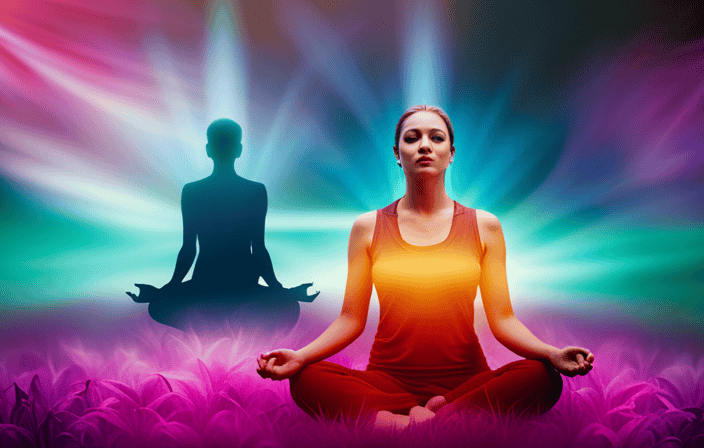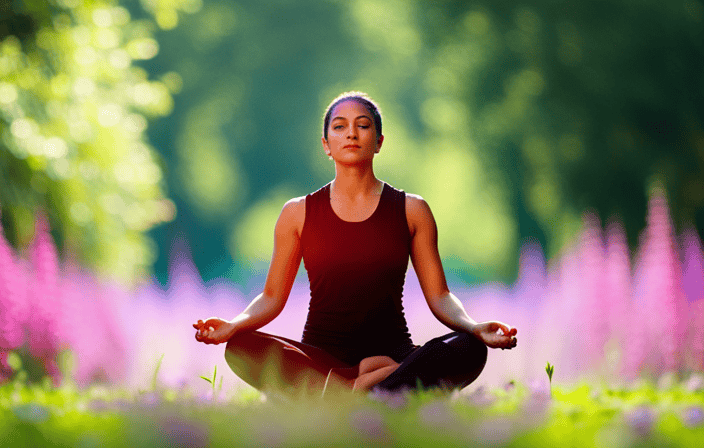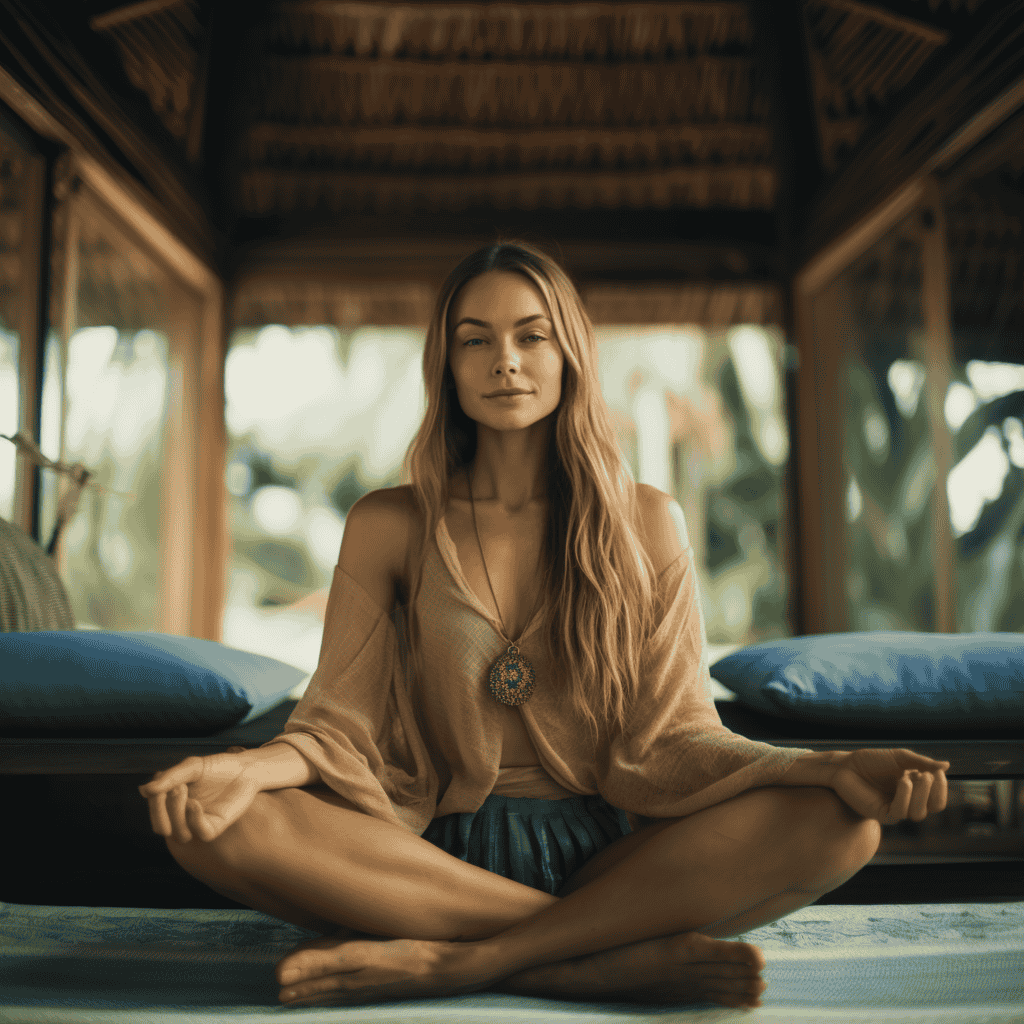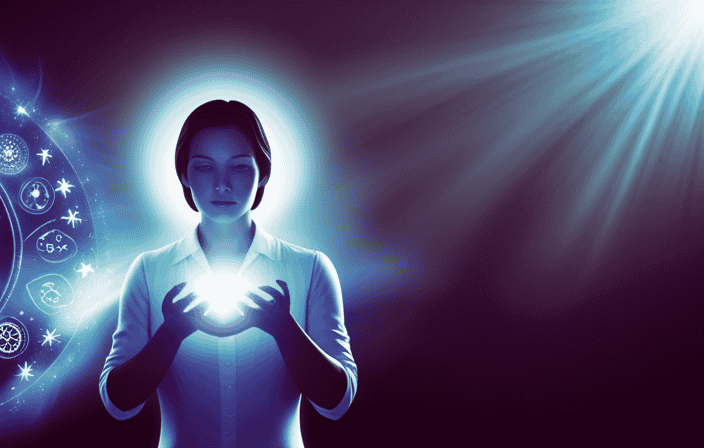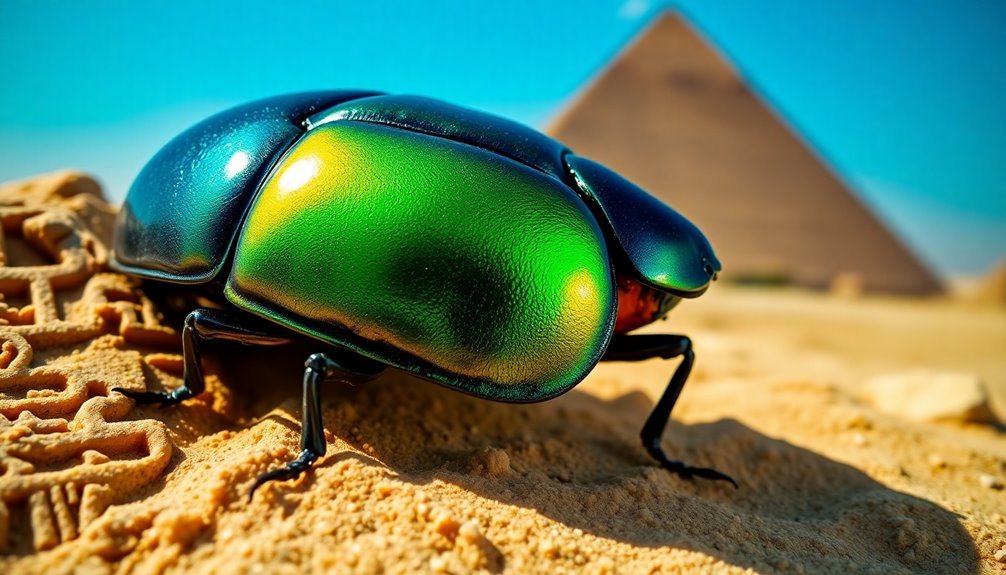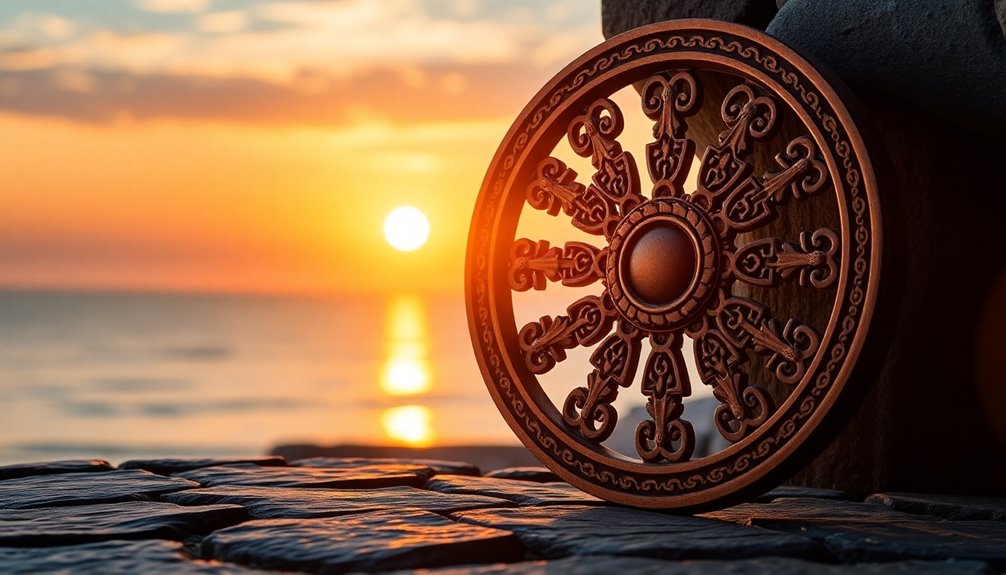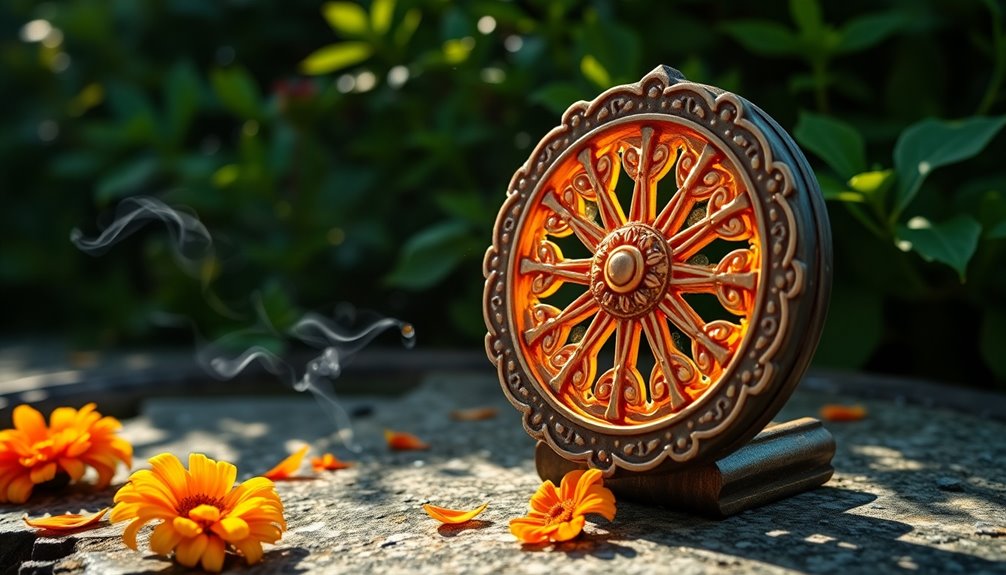Have you ever pondered the vibrant energies that envelop you? It’s intriguing to consider how much our auras can disclose about our emotional and spiritual well-being.
As I delved into the world of aura testing, I discovered a path to self-reflection that has been truly enlightening. Unlocking the mysteries of aura colors has allowed me to gain deeper insights into my own energy and personality traits.
In this article, we will explore the interpretation and meaning of aura colors, as well as techniques for aura cleansing and healing. Join me on this journey of self-discovery and let’s unlock the secrets of our aura colors together.
Key Takeaways
- Aura colors reflect emotional and spiritual states.
- Aura colors can change based on mood, health, and experiences.
- Different aura colors have positive and negative traits associated with them.
- Aura tests can be used for self-reflection and personal development, but are not based on scientific evidence or research.
What is it?
The What Color Is My Aura Test is a tool that I can use to explore and understand the different colors of my aura and how they reflect my emotional and spiritual states. It allows me to delve into the symbolism behind each aura color and gain insights into my personality traits and energy.
The test also helps me to recognize that aura colors can change based on my mood, health, and experiences. By understanding the fluctuations in my aura color, I can gain a deeper understanding of myself and my personal growth journey.
It is important to remember that aura tests are not scientifically validated, but they can serve as a valuable means of self-reflection and personal development.
Interpretation and Meaning
Understanding the interpretation and meaning of aura colors allows me to gain insight into my emotional and spiritual states. Aura color symbolism plays a crucial role in uncovering the depths of my inner self.
Each aura color holds its own significance and represents different aspects of my personality and energy. For example, a red aura signifies passion, strength, and a zest for life, while a green aura represents balance, growth, and harmony.
By recognizing and interpreting these aura colors, I can better understand my current state of being and make necessary adjustments for personal growth.
It is important to note that aura colors can change over time, reflecting my evolving emotions and experiences. With this knowledge, I can use aura colors as a tool for self-reflection and embark on a journey towards greater self-awareness and spiritual enlightenment.
Cleansing and Healing Techniques
Exploring different cleansing and healing techniques for my aura has been a transformative journey. It has allowed me to experience a sense of renewal and rejuvenation that is like a refreshing breeze sweeping away negativity and restoring my inner balance.
Aura cleansing is essential for maintaining optimal energy levels and promoting overall well-being. One technique I find particularly effective is meditation or mindfulness. It helps me to quiet my mind and release any negative thoughts or emotions that may be clouding my aura.
Another method I enjoy is taking a relaxing bath with sea salt or essential oils. This not only cleanses my aura but also provides a soothing and therapeutic experience for both my body and mind.
Additionally, I have found that using natural elements like white sage or palo santo wood to cleanse my aura can be incredibly powerful. These have been used for centuries to purify spaces and remove negative energy.
Overall, these cleansing and healing techniques have become an integral part of my self-care routine. They allow me to maintain a positive and vibrant aura.
Frequently Asked Questions
How long does it take to see a change in aura colors after practicing cleansing and healing techniques?
After practicing aura cleansing and healing techniques, it can take varying amounts of time to see a change in aura colors. The effectiveness of these techniques depends on individual factors and the specific techniques used. Techniques for enhancing aura colors include meditation, visualization, and using natural elements like sage or essential oils.
Can aura colors be influenced by external factors such as the environment or the presence of other people?
Yes, aura colors can be influenced by external factors such as the environment and the presence of other people. Emotions, thoughts, and intentions have a strong impact on aura colors, as do energy healing practices.
Are there any specific foods or dietary practices that can enhance or alter aura colors?
Certain dietary practices, like consuming fresh fruits and vegetables, can enhance the vibrancy and clarity of aura colors. Additionally, meditation can have a profound impact on aura colors, promoting balance, harmony, and a stronger connection to one’s spiritual energy.
Can aura colors be inherited or passed down through generations?
Yes, aura colors can be inherited or passed down through generations. This is due to genetic predispositions that influence the energy and personality traits reflected in one’s aura.
Are there any specific exercises or physical activities that can help improve the health and vibrancy of the aura?
Looking to improve your aura’s health and vibrancy? Try incorporating exercises and meditation techniques into your daily routine. These practices can help cleanse and energize your aura, promoting a sense of balance and well-being.
Conclusion
In conclusion, unlocking the mysteries of aura colors can be a powerful path to self-reflection and personal growth. By understanding the interpretation and meaning of different aura colors, we gain insight into our emotional and spiritual states.
The techniques for aura cleansing and healing offer tools for maintaining a balanced and harmonious energy field. It is important to remember that aura tests are not scientifically validated, but they can serve as a valuable tool for self-reflection and personal development.
Interestingly, studies have shown that aura colors can change based on various factors, such as mood, health, and environment, adding depth and complexity to our understanding of ourselves.
